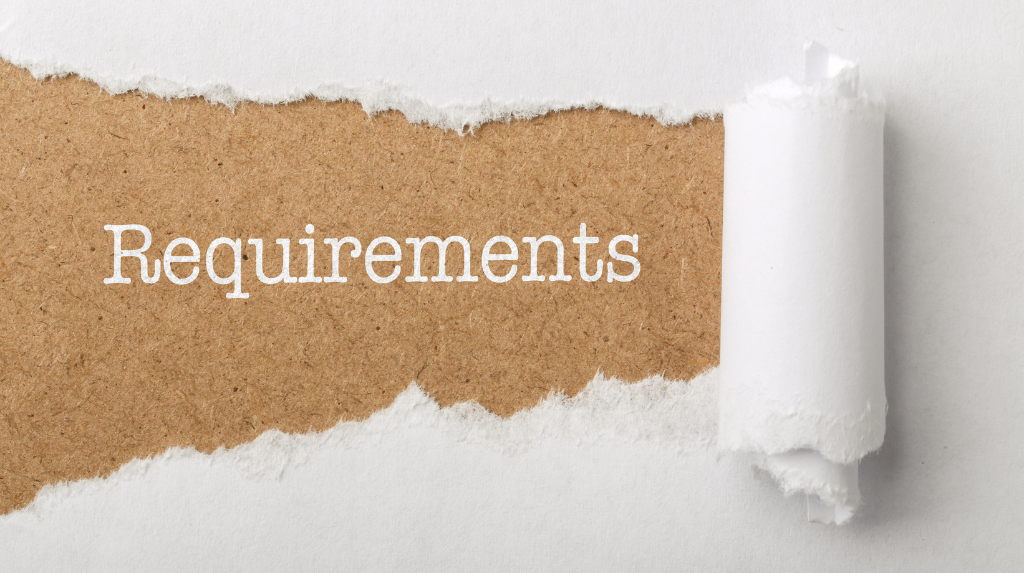Deferred action for childhood arrival is a significant policy that allows qualified individuals who arrived in the United States as children, to be temporarily protected from deportation and be granted work permits. Currently being in school is among the requisites one has to fulfill to qualify for DACA, therefore this guide looks into how this particular requirement can be fulfilled alongside the required proofs.
Understanding the “Currently In School” Requirement
DACA helps young immigrants in the U.S. To qualify, understanding this requirement is crucial. Here’s what it means:
Meeting the Requirement
Applicants can meet the “currently in school” requirement by fitting into one of these categories:
- Enrolled: Applicants who are currently attending an educational institution.
- High School Graduates: Those who have finished high school or earned a completion certificate, like a diploma.
- GED Recipients: Those who have obtained a General Education Development (GED) certificate.
- Honorably Discharged Veterans: Veterans with an honorable discharge from the U.S. Coast Guard or Armed Forces.
However, not all educational programs qualify. It’s important to check if your college program meets DACA requirements.
Ensuring Your college Program Qualifies
The U. S. Citizenship and Immigration Services has certain protocols to follow when it comes to schools and programs. To meet this requirement, your school must be one of the following:
- Enrollment in a public or private school at elementary, Junior High, or High School
- This program must be aimed at helping students earn a high school diploma or GED, funded by state or federal grants, or privately operated with proven success rates.
- Enrollment in English as a Second Language program qualifies if it prepares you for further education, job training, or employment
- These programs are qualified if they get state or federal funding or have shown success in helping students with further education, job training, or employment.
- If you are not currently studying but want to qualify, you can enroll in a suitable program. will check your enrollment status when you submit your application.
Providing Evidence of Being “Currently in School” for DACA
Applicants must provide strong evidence to prove they meet the “currently in school” requirement. Affidavits from friends or family are not enough. Instead, use official documents such as:
- Report Cards: Official report cards showing your academic progress.
- Transcripts: Detailed transcripts with your educational history, courses, and grades.
- Progress Reports: Reports on your academic performance.
- Acceptance Letters: Letters from your school confirm your enrollment and course details.
- School Records: Official records verifying your status, attendance, and program details.
For ESL programs and other educational programs, make sure your documentation meets USCIS requirements by showing program effectiveness and funding sources.
Handling Breaks Between Classes
Sometimes, DACA applicants might have breaks between classes due to vacations or other reasons. Here’s how to manage these breaks:
Scheduled Breaks:
If your college has a planned break and you are continuing your program, you can apply for DACA during the break. Include evidence of your return to school, like enrollment in upcoming classes.
Unscheduled Breaks:
If you take an unscheduled break, proving your “currently in school” status is harder. You need to explain the break and show your intention to re-enroll, with your school’s support.
Educational Requirements for DACA
High School Graduation:
Applicants must have completed high school and can provide documentation such as a high school diploma, certificate of completion, or an equivalent recognized under state law.
General Educational Development (GED):
Those who have passed the GED or its equivalent (such as HiSet or TASC) meet the educational requirement. A copy of the GED certificate must be submitted with the DACA application.
Currently Enrolled in School:
Individuals who are currently enrolled in a qualifying educational program at the time of submitting their DACA request are eligible. Acceptable programs include:
- Public, private, or charter elementary, junior high, middle, or secondary schools.
- Alternative education programs or home school programs that meet state requirements.
- Education, literacy, or career training programs aimed at improving literacy, mathematics, or English skills, or designed to lead to postsecondary education or job training13.
Honorably Discharged Veterans:
Individuals who are honorably discharged from the U.S. Coast Guard or Armed Forces may qualify for DACA even if they do not meet the educational requirements listed above
Navigating the “currently in school” requirement for DACA can be complicated, but understanding the criteria and providing thorough documentation can help. By following these guidelines, applicants can improve their chances of qualifying for this crucial program.
How Law and Visas Can Help?
At Law and Visas, our team of expert immigration consultants is here to make your travel to the United States straightforward and successful. Whether you’re applying for a H-4 Visa or an M-1 Visa, we handle every step—from preparing your application to gathering the required documents.
Our Immigration Consultants and Lawyers ensure that your application meets the highest standards, with no details missed. We’ll also keep you informed throughout the process and coordinate with the immigration office or embassy on your behalf.
Law and Visas has a strong record of helping clients secure the visas/permits they need to visit the United States. Call us today at +234 812 5505 986 to learn how we can assist you.





